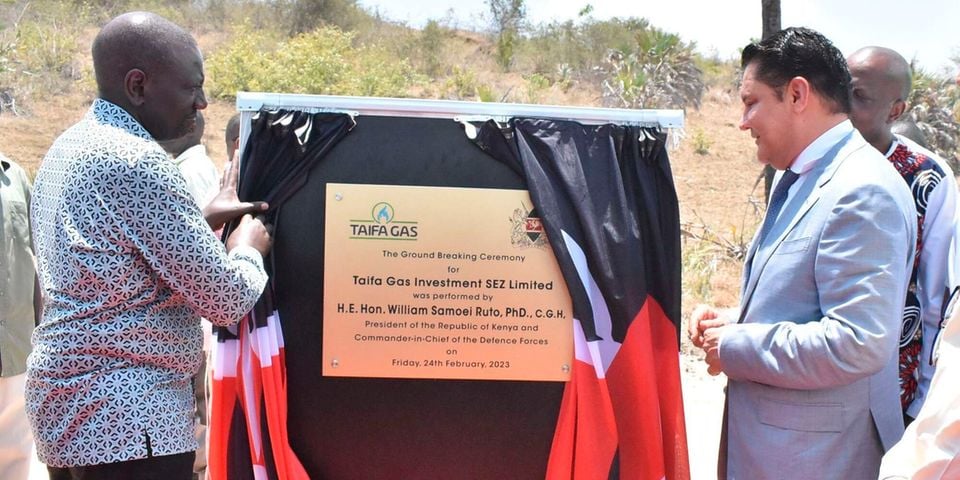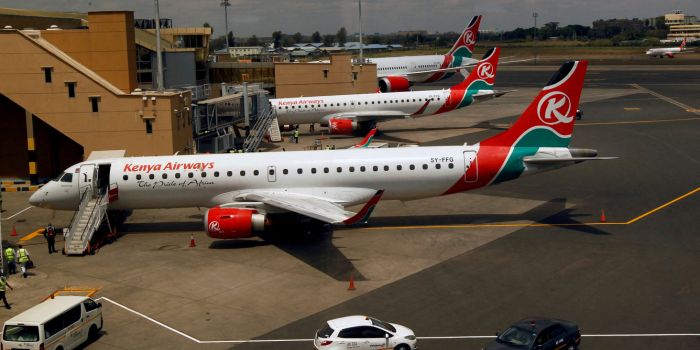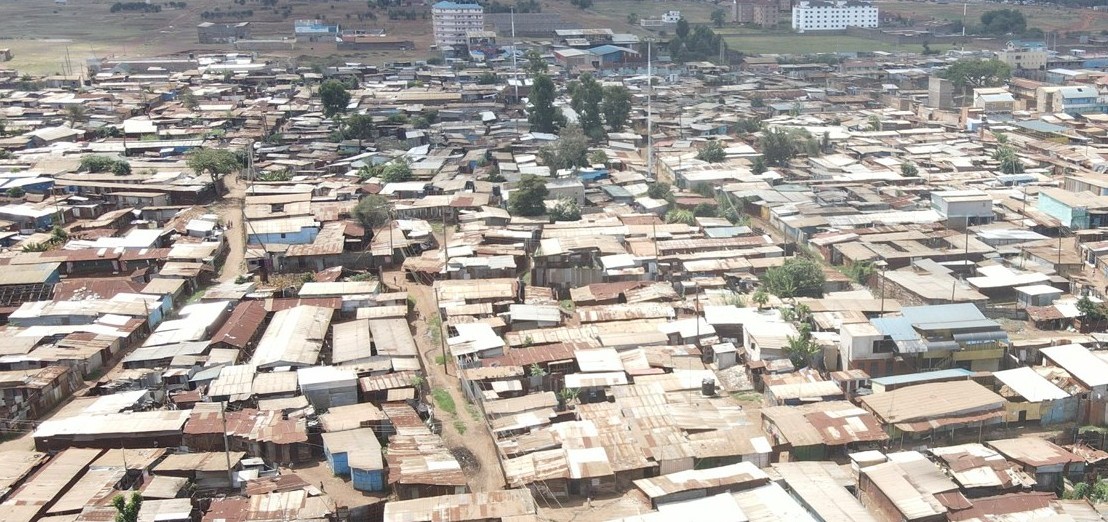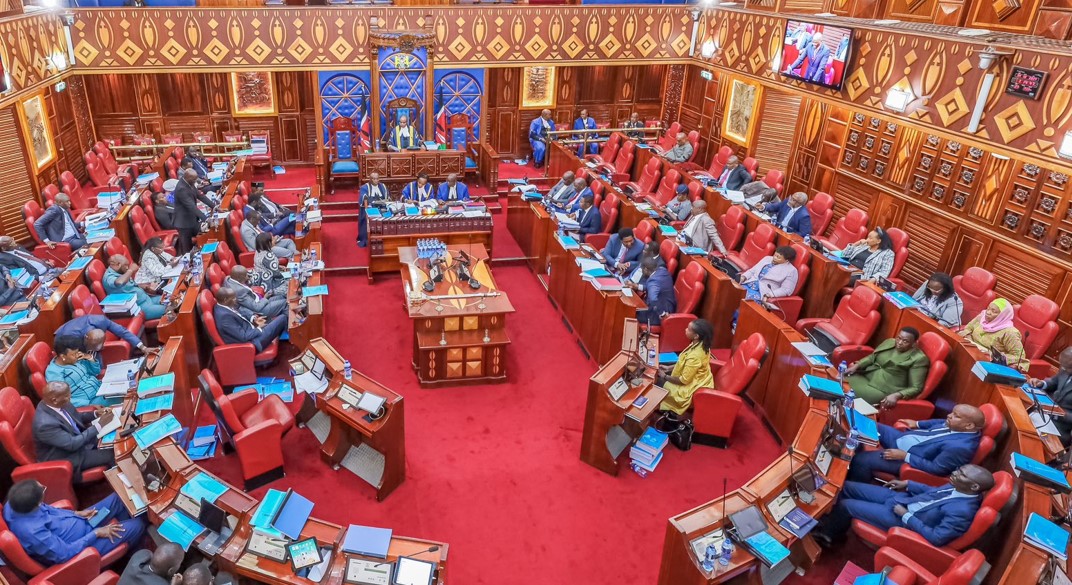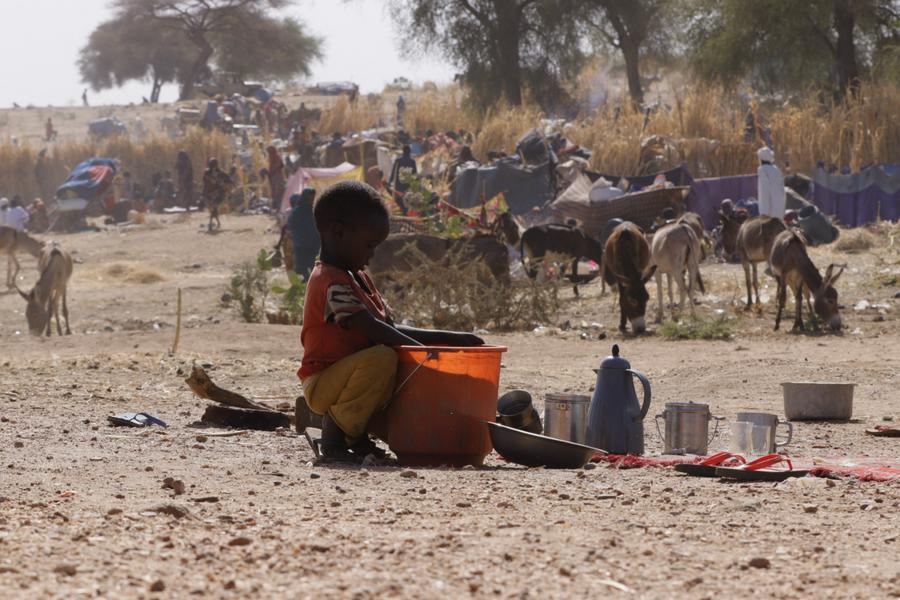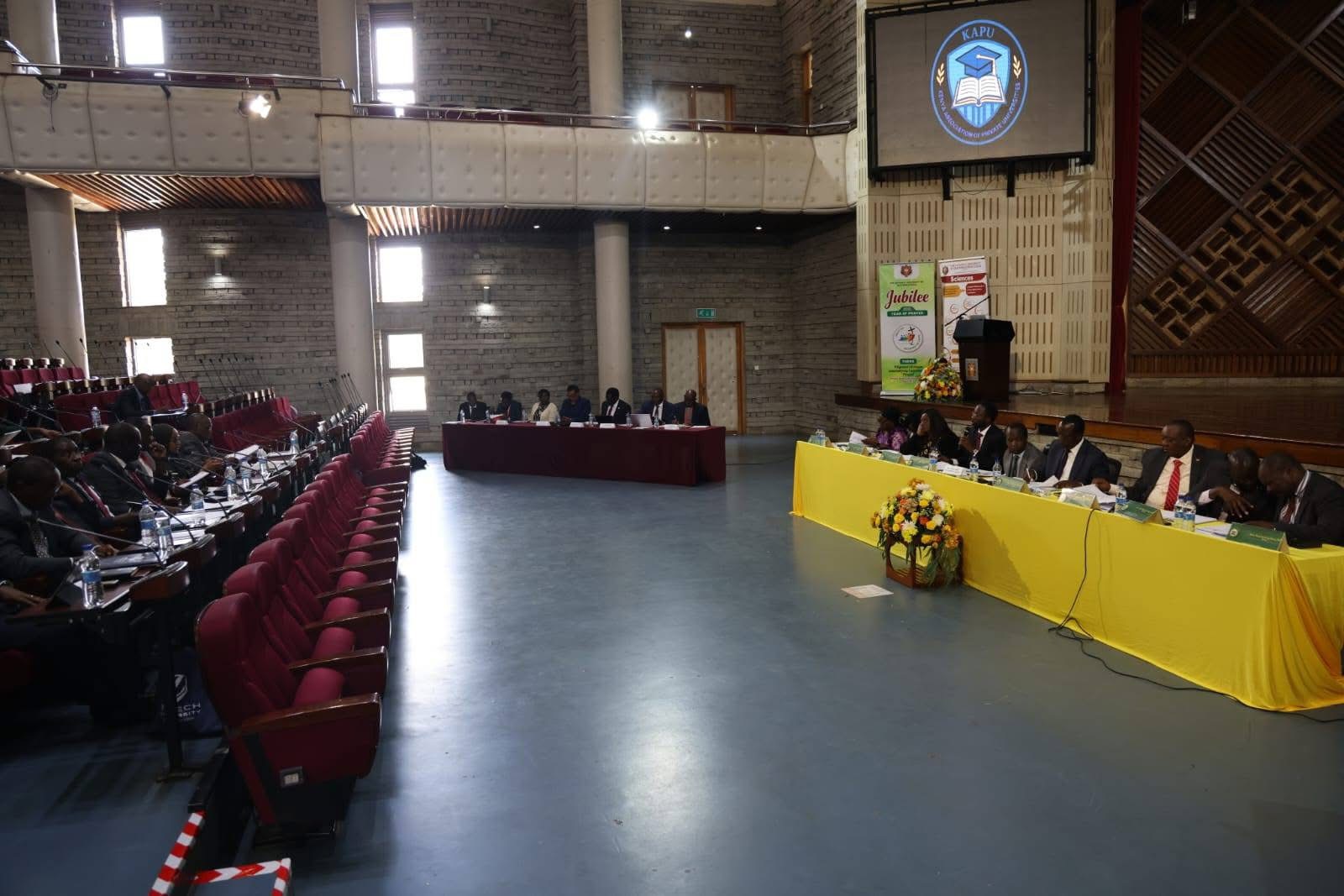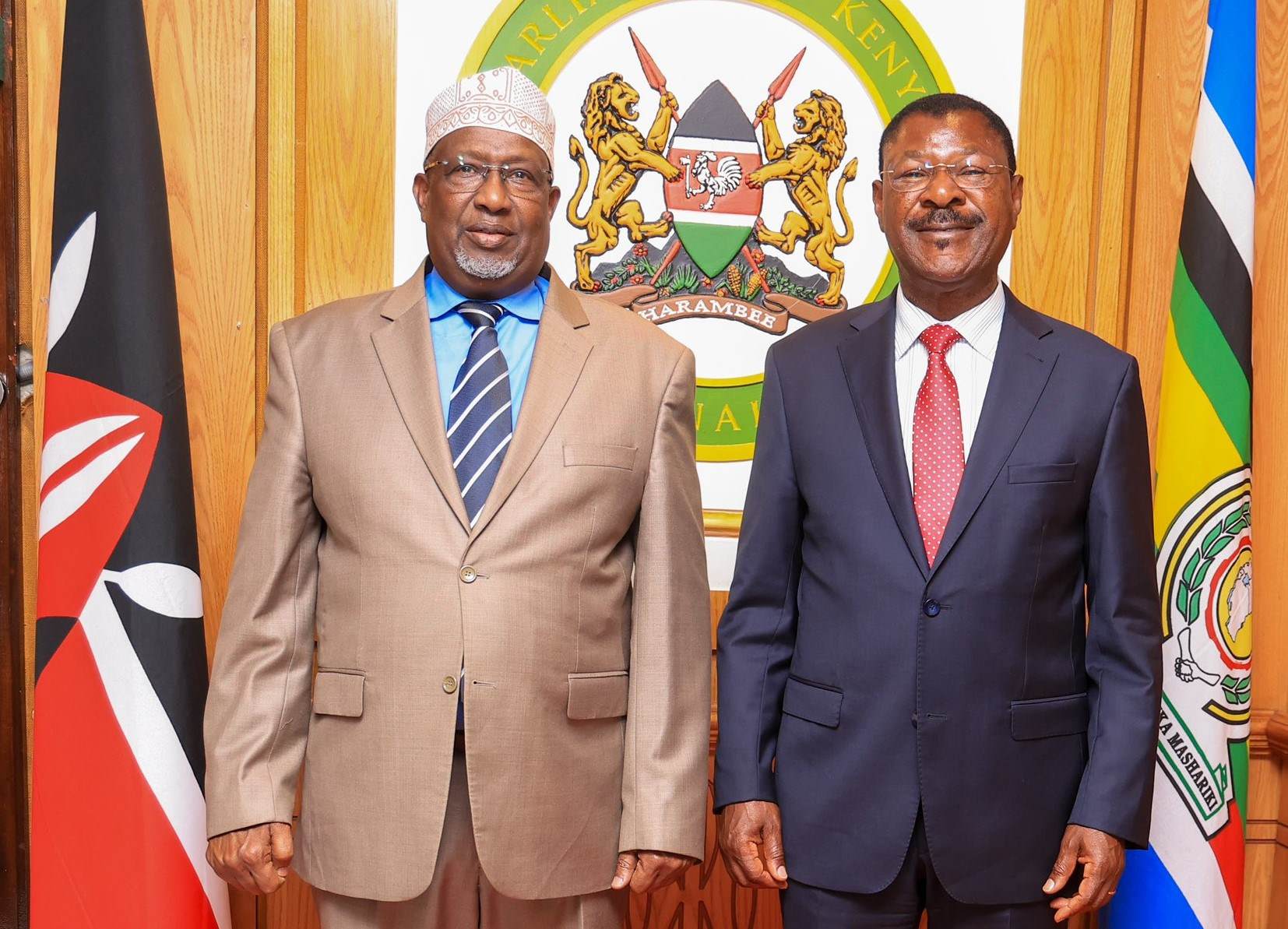KWS launches 15-day rhino ear-notching, tagging operation in Tsavo West

The exercise, led by the Kenya Wildlife Service, is designed to boost the close monitoring of the animals as their numbers continue to rise after years of recovery efforts.
Kenya has begun a major conservation task in Tsavo West National Park and the Ngulia Rhino Sanctuary, where more than 100 black rhinos are undergoing ear-notching and tagging over 15 days.
The exercise, led by the Kenya Wildlife Service, is designed to boost the close monitoring of the animals as their numbers continue to rise after years of recovery efforts.
More To Read
- Rare eastern black rhino calf born in Chyulu Hills, boosting critically endangered population
- Uganda holds rhino naming ceremony to boost conservation efforts
- Egu Kalinga residents in Samburu demand justice over 50-year land dispute
- Latest rhino count a mixed bag for world's five species
- South Africa starts radioactive isotopes injection to fight rhino poaching
- Coastal towns face two-day water outage as Mzima pipeline shuts down for upgrade
In its Tuesday update, the agency said each rhino will be fitted with LoRaWAN eartags and VHF transmitters to support real-time tracking, improve security, and guide decisions on how to manage the species across different conservation zones.
The operation is carried out with support from partners working under the Kenya Rhino Range Expansion initiative, making it the largest single coordinated ear-notching mission ever undertaken in the country.
KWS Senior Assistant Director for Veterinary and Capture Services Isaac Lekolool said the scale of the assignment demonstrates the organisation’s preparedness for complex wildlife operations and its resolve to rely on scientific data in protecting threatened species.
The exercise comes at a time when Kenya is celebrating a strong rebound of its black rhino population after decades of decline.
The national wildlife census in 2021 showed 897 rhinos, a significant improvement from the 381 counted in 1990 when poaching pushed the animals to the brink.
By 2024, the population crossed 1,000, earning Kenya global recognition for successful conservation work.
With more rhinos now occupying protected areas, KWS has reported growing pressure in some sanctuaries, including territorial clashes and limited space.
To address this, the Kenya Rhino Range Expansion Initiative aims to open up and reconnect habitats across Tsavo and Central Kenya, creating a continuous landscape of more than 34,000 square kilometres for the species.
KWS Director General Erustus Kanga said the expansion programme will have long-term ecological and community benefits.
“By restoring black rhinos across their historic range, the Kenya Rhino Range Expansion Initiative represents a legacy of protection, prosperity, and unity - one that future generations will remember with admiration for the leaders, partners, and communities who made it possible,” he said.
The project also seeks to support local livelihoods, enhance ecosystem health and strengthen national pride in conservation achievements. Its long-term targets include raising the black rhino population to more than 2,000 by 2037 and 3,900 by 2050.
Through the tagging programme, KWS will manage rhinos as a connected population across 17 sites, allowing safe movement between areas while preserving genetic diversity. Data gathered will help reduce conflicts, support relocation plans and provide an added layer of defence against poaching.
“This operation is more than a conservation milestone - it is a testament to Kenya’s unwavering commitment to wildlife recovery and sustainable management,” said KWS.
Top Stories Today
